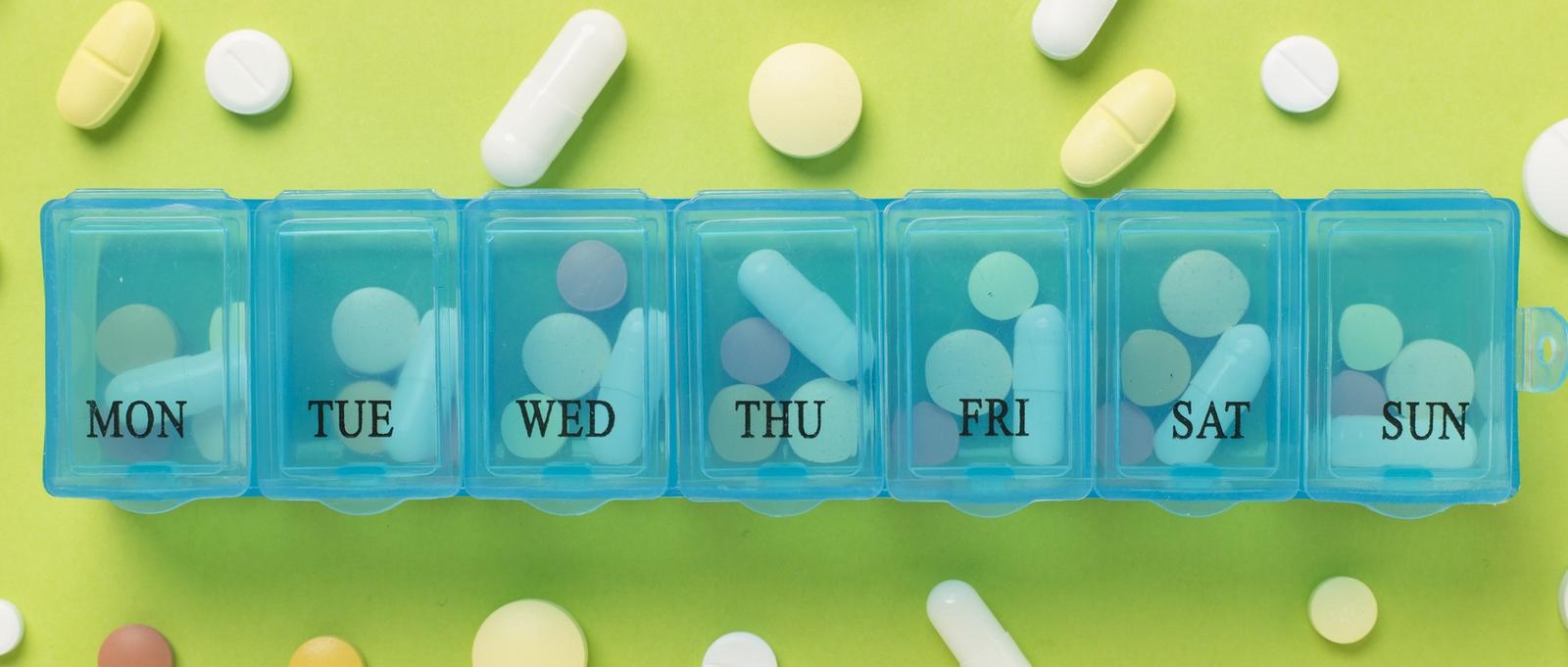
Is it safe to take opioid painkillers?
Peer reviewed by Dr Sarah Jarvis MBE, FRCGPLast updated by Ellie BroughtonLast updated 20 Jun 2019
Meets Patient’s editorial guidelines
- DownloadDownload
- Share
- Language
- Discussion
Opioids, a class of strong painkillers which includes codeine and tramadol, are commonly prescribed but carry addiction risks. We explore how to take this type of medication safely.
In this article:
Matt Hancock, the health minister, recently announced that opioid painkillers such as codeine, co-codamol and tramadol will start carrying warning labels, explaining the risk of addiction to people considering taking them.
The USA has witnessed a huge growth in the number of people becoming addicted to opioid painkillers available on prescription, and there is concern that the UK might face the same. A recent report by The Organisation for Economic Co-operation and Development (OECD) recommended urgent action in light of the fact that opioid overdose deaths are rising sharply in England, Ireland and Wales. Last year a BBC investigation found GPs in England prescribed 23.8 million opioid-based painkillers in 2017, 10 million more prescriptions than in 2007.
Rachel Britton is the lead clinical pharmacist at Addaction, a charity for drug and alcohol addiction that offers treatment, advice and signposting for people worried about prescription painkillers (and other drugs). She says that, although it's hard to quantify the problem, the number of people seeking help for prescription painkiller addiction at Addaction is also on the rise.
Opioid painkillers are, generally speaking, prescribed for acute rather than chronic pain: pain with a clear end, such as following surgery or injury. Sometimes they are used, often for short periods, in chronic conditions such as back pain and osteoarthritis, and they may also be prescribed instead of naproxen or diclofenac (anti-inflammatory painkillers, like aspirin or ibuprofen) if the patient runs a higher-than-normal risk of gastrointestinal bleeding.
Continue reading below
When pain relief becomes a problem
Britton would define dependence on opioids as the point at which a person can’t stop taking the painkillers without facing physical or psychological symptoms.
"If you've been taking them for a long period of time, and you stop suddenly, you can get some really nasty symptoms: cramps in your legs and abdomen, associated with diarrhoea and vomiting. It can be difficult to sleep, and people will often feel quite depressed."
Dr Gavin Jamie, a GP in Swindon, agrees. "Not everyone reads the fine print on the packets. But even in the last couple of years, we've been discussing more of the effects from these weak opioids, as well."
Given these drugs' side effects, he says, it can be hard for patients to come off opioid painkillers, but prescriptions for short periods (ten days to two weeks) can make it easier to observe and manage how the drugs are working, Jamie says.
"Certainly the NICE guidelines say, if you're not getting the benefit in three to four weeks, then stop them. But that is often a difficult step for patients. Saying: 'This isn't working, let's move on from this,' can be a difficult conversation."
What to expect when you stop
Britton warns that people with anxiety and depression might find that opioid painkillers give them feelings of calm and well-being which, if the anxiety or depression is not being treated or closely monitored, might make it hard to stop the drugs.
"When you stop it, suddenly, all of that comes flooding back. And that can be really scary."
She mentions the case of one of Addaction's clients who was prescribed opiates after an operation. She'd had underlying mental health problems and found it hard to stop taking the drugs.
"She ended up taking an awful lot because, actually, it made her feel better in the short term. She had no idea that they were drugs that you could become dependent on."
Given their sedative effect, opioid painkillers can often make sleep easier, Jamie says, and some patients find after a longer period (say, six weeks) they feel that they would struggle to sleep without them.
Headaches can be a problem for some patients on codeine, he adds, especially towards the end of the prescription.
"When they stop, we probably get a week or so of a headache being worse. That's quite a difficult process. Once we get clear of the opiates, a week or so down the line that does improve but certainly, sometimes people take more and more because they're trying to treat the headache."
For elderly patients, he adds, opioid painkillers can increase the risk of falls.
"It comes up in statistics. We’re not saying that every patient falls, but we're seeing maybe a 20-30% increase in falls particularly in frailer and [more] elderly people." Given that older people are at significantly higher risk of falls in the first place, increasing that risk by a third is a major problem.
Continue reading below
Finding relief
Chronic pain is a major challenge, with some sources suggesting almost half the UK adult population has some kind of chronic pain. in recent years, there has been a major shift in medical thinking away from managing chronic pain with painkillers towards a more joined-up approach including non-drug measures. For people living with chronic pain, specialist pain clinics can offer a wide range of solutions, including physiotherapy, counselling and advice on managing your pain within your life. Unfortunately, service provision across the UK is patchy.
Some patients will continue to rely on painkillers, even if they are referred for chronic pain services. As Jamie mentions earlier, writing two-week prescriptions gives doctors and patients a decent chance to check whether the painkillers are working, and that the patient is avoiding dependence.
Britton strongly advises against 'topping up' an opioid painkiller prescription with over-the-counter products containing codeine.
"These products may contain other drugs such as paracetamol and ibuprofen, and taking more than the recommended dose of these can be harmful. If you find that your pain is not helped by the medication that your doctor has prescribed, the best thing to do is discuss this with them."
Naturally, if a patient suspects they’re becoming dependent then their GP is best placed to manage withdrawal. But if a patient's not yet at the end of a prescription or can’t reach their GP, Britton says, local pharmacists can be a good source of advice. Recovery workers are also available to talk via Addaction’s web chat service. Whatever your concerns, there's no need to tackle your worries on your own.
Patient picks for Medicine information

Treatment and medication
Can your skin really get addicted to steroid creams?
'Woman’s steroid cream addiction made her look like she'd been skinned alive.' 'My kids were scared.' 'My skin was covered in scales and shedding all over the house.' These headlines - from Metro, The Sun and The Daily Mail respectively - allude in typically lurid style to the symptoms of topical steroid withdrawal. Each article tells the story of an eczema sufferer whose skin became 'addicted' to their medication.
by Abi Millar

Treatment and medication
What to do if your medication isn't available
If you take medicine then you're no stranger to regularly picking up a prescription - but what happens when it isn't available? There are many reasons why medicine may become unavailable and it's important you know what to do if this happens to your prescription.
by Victoria Raw
Article history
The information on this page is peer reviewed by qualified clinicians.
20 Jun 2019 | Latest version

Ask, share, connect.
Browse discussions, ask questions, and share experiences across hundreds of health topics.

Feeling unwell?
Assess your symptoms online for free
Sign up to the Patient newsletter
Your weekly dose of clear, trustworthy health advice - written to help you feel informed, confident and in control.
By subscribing you accept our Privacy Policy. You can unsubscribe at any time. We never sell your data.